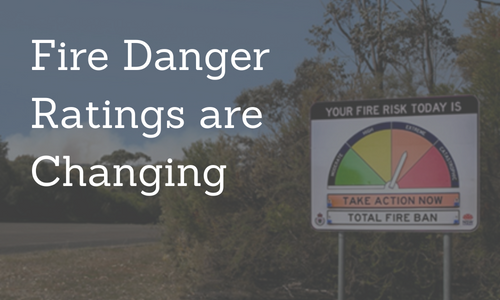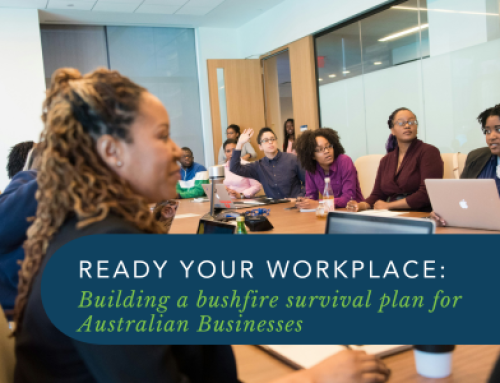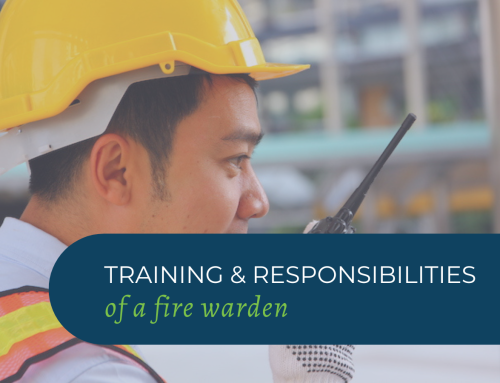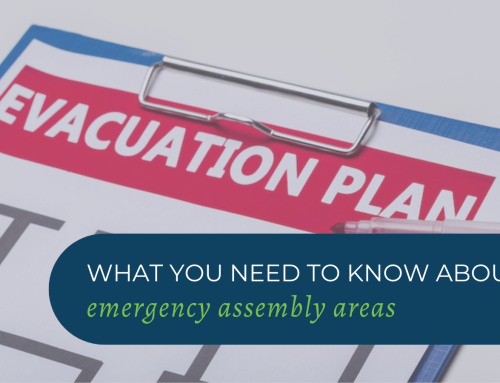Fire Danger Ratings are published during the bush fire danger period each year. In NSW that is usually between Sept/Oct and March. The Ratings give you an indication of how dangerous the fire weather conditions are if one was to start in your region. But there are changes coming to the Fire Danger ratings.
Fire Danger Ratings are important because they provide people with information so they can take action to protect themselves and others from the potentially dangerous impacts of bushfires.
The changes will apply from September 1, and the aim is to simplify what they mean and give you some key activities that you can do to prepare yourself, your Family and property.
After extensive community research, (the third largest research project of its kind in Australia), it was decided to simplify the ratings from six down to four and provide an explanation of what each rating means to the community.
The new ratings and what you need to do:
Plan and Prepare.
Stay up to date and be ready to act if there is a fire.
Be ready to act.
- There is a heightened risk. Be alert for fires in your area.
- Decide what you will do if a fire starts.
- If a fire starts, your life and property may be at risk. The safest option is to avoid bush fire risk areas.
Take action now to protect your life and property.
- These are dangerous fire conditions
- Check your bush fire plan and ensure that your property is fire ready
- If a fire starts, take immediate action. If you and your property are not prepared to the highest level, go to a safe location well before the fire impacts.
- Reconsider travel through bush fire risk areas.
For your survival leave bush fire risk areas.
- These are the most dangerous conditions for a fire.
- Your life may depend on the decisions you make, even before there is a fire.
- Stay safe by going to a safer location early in the morning or the night before.
- Homes cannot withstand fires in these conditions.
- You may not be able to leave, and help may not be available to you.
When there is minimal risk, Fire Danger Rating signs will be set to ‘NO RATING’ (displayed as a thin white section sitting under Moderate). All these ratings will apply right across Australia – a truly national system.
Now, using the greater understanding of the science and relationship behind fire behaviour and the weather, fire agencies like the NSW Rural Fire Service (RFS) will be able to more accurately measure the fire conditions and outcomes of a fire, if one was to start.
The way the Fire Danger Ratings have been calculated up until this point has not changed for nearly 50 years. The ratings have been based on the fire science using two vegetation types only, grassland and forest. More recently the different vegetation types have been mapped across Australia, with eight vegetation types now to be used to determine the ratings in the future – Forest, Grassland, Grassy Woodland, Spinifex, Shrubland, Mallee Heath, Button Grass and Pine. Six of these vegetation types can be found in NSW.
This change will make the ratings much more accurate.
In addition to Fire Danger Ratings, a Fire Behaviour Index is being developed for use by government and professionals in fire and land management. This index contains more detail than the ratings and will also underpin the ratings.
Hopefully the information from the Fire Danger Ratings will increase the understanding for people and the overall community and therefore what actions they should undertake should a fire start in their area.
There are many ways to check the fire danger ratings in your area. In NSW, the RFS is updating hundreds of fire danger rating signs across areas in NSW, you can also check the ratings via the RFS website and/or using the Fires Near Me smartphone app.
It is hoped that the new national system of Fire Danger Ratings will improve the way dangers from bushfires are managed and communicated, which will lead to less lives lost, less property damaged and a more informed general public, when bushfires threaten communities across Australia.
For more information refer www.rfs.nsw.gov.au. The above information has been sourced via the NSWRFS website and AFAC National Council for Fire and Emergency Services website.
GET IN TOUCH
Are you ready for peace of mind that your workforce is as safe and prepared as possible?
With a dedicated team of staff ready to help you meet compliance requirements and improve the overall safety of your workplace, all you need to do is get in touch.
Request your free audit today!








